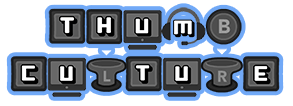
Following Pride Month 2023, Tyler and I felt inspired to write a TC feature about some great LGBTQIA+ representation in video games. We put our heads together and came up with the following games and characters. The list is done in no particular order so please don’t be offended. We did focus on characters written as queer rather than chosen in character creation or player choices. Narrowing down the many games with LGBTQIA+ romantic options wasn’t easy. Especially with game series from The Sims to Saints Row, RPGs like Fallout and Mass Effect and more. Being given the choice during gameplay has come leaps and bounds in video game history.
Of the many examples of LGBTQIA+ characters, hopefully, the ones you expect are here. It was difficult to narrow it down but I hope you agree with those included at least. If you agree or that’s not so much then we’d love to hear from you in the comments below. Tyler and I hope this article has done everyone justice for the LGBTQIA+ community. With all that said let’s dive in and kick off this list.
Pride is here for everyone
The Last of Us Part I & Part II
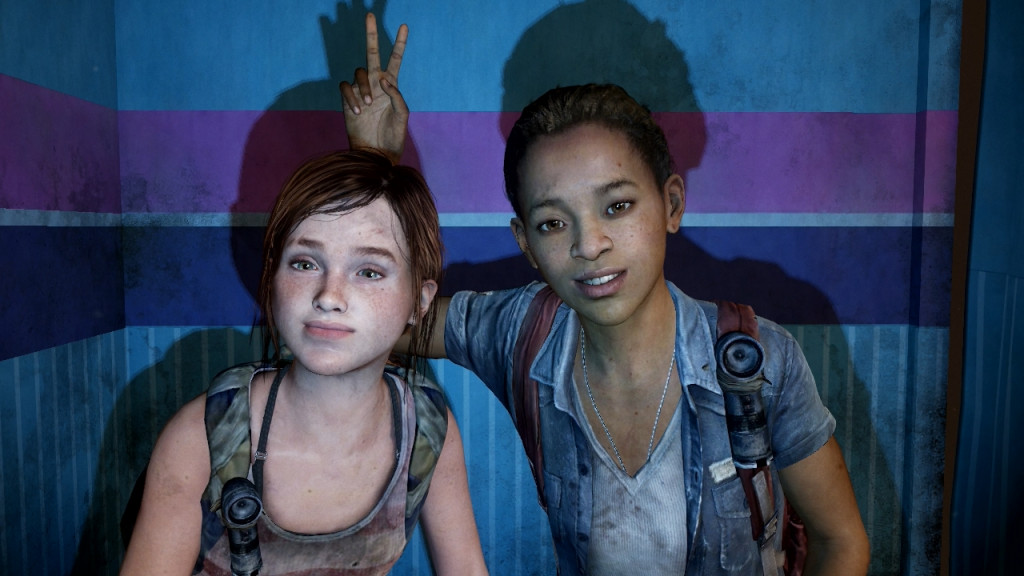
The Last of Us series has done a great job portraying complex characters in this post-apocalyptic America. Perhaps not originally intended but the games also depict several characters in the LGBT community. The story has us deeply care for the characters and root for them in a dystopian future as we see them struggle to simply survive while struggling with trauma, survivor’s guilt and more. Ellie’s relationship with Riley and later Dina are the most prominent queer love stories but more understated ones such as middle-aged men Bill and Frank resonate as much. Seeing Lev’s struggle as a trans man in this world and still being kind and compassionate was heartbreaking which is a testament to the excellent storytelling.
The Missing: J.J. Macfield and the Island of Memories

The Missing: J.J. Macfield and the Island of Memories is a game that delves into deeply personal and sensitive subjects, including gender identity and self-acceptance. Developed by Swery, known for his unique storytelling, this game follows the journey of J.J. Macfield as she searches for her missing friend. Along the way, J.J. faces various challenges and sacrifices, mirroring the struggles that many LGBTQIA individuals experience in their own lives.
What sets The Missing apart is its empathetic approach to storytelling. As players guide J.J. through her ordeal, they are exposed to the emotional and physical pain she endures. It serves as a metaphor for the journey of self-discovery and acceptance many LGBTQIA individuals face. The game’s powerful narrative and symbolism offer a heartfelt experience that resonates deeply with the LGBTQIA community.
The Life is Strange series
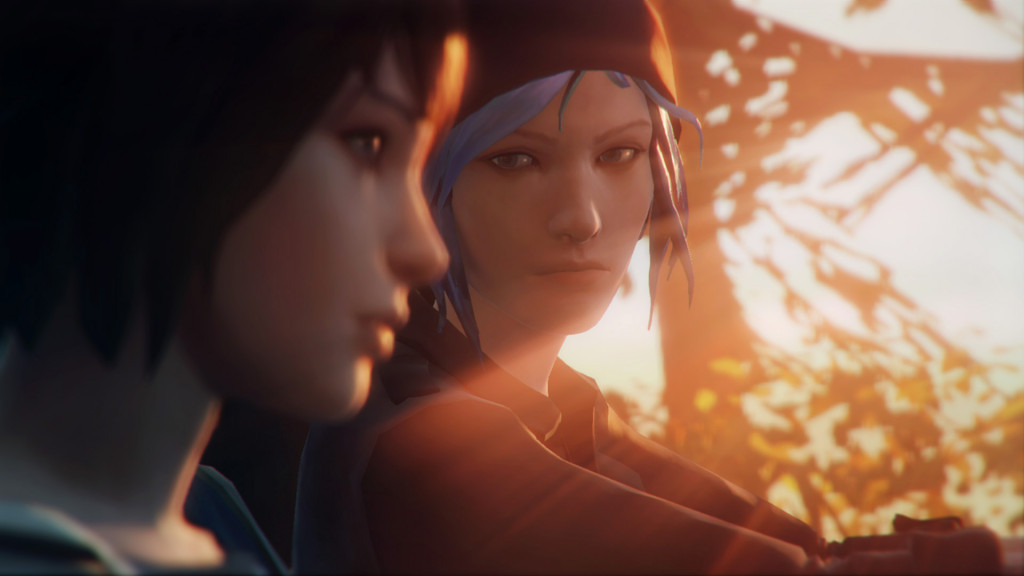
The Life is Strange games are another series with queer characters at its centre. I included the trilogy because playing as Max, Sean and Alex respectively and the numerous choices shaping how the story plays out means you really connect with them. Among those choices are romantic options with same-sex characters including fan-favourites Chloe and Steph. I don’t believe official labels are stated within the games but they don’t need to. The protagonists and major NPCs become fully realised and complex characters as we journey with them. The stories overlap a little and hearing how things are going with Max and Chloe for example was a wonderful touch and reminder of how much we came to care for them.
Mass Effect
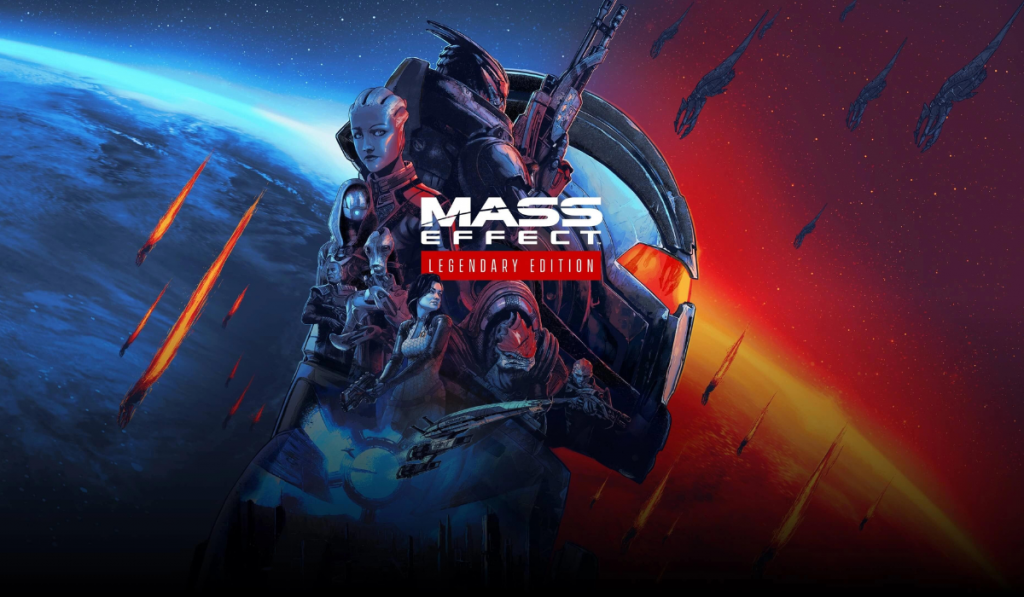
The Mass Effect series, developed by BioWare, has been widely praised for its commitment to LGBTQIA representation within the gaming industry. These games allow players to develop relationships with various characters, regardless of their gender or sexual orientation. By providing romance options for same-sex relationships, Mass Effect demonstrates the importance of inclusivity and showcases the diversity of love and attraction.
Kaidan Alenko, a bisexual male character, is a prominent Commander Shepard’s crew member and offers a nuanced portrayal of bisexuality. Samantha Traynor, a lesbian communications specialist, and Steve Cortez, a gay pilot, provide players with compelling storylines that explore the challenges and triumphs of LGBTQIA individuals in a futuristic setting. These characters are not defined solely by their sexual orientation but by their unique personalities and contributions to the game’s narrative.
This representation not only provides LGBTQIA players with characters they can identify with but also educates and challenges players with limited exposure to diverse sexual orientations. Mass Effect’s inclusive approach has positively impacted the gaming community, encouraging acceptance and promoting understanding.
Tell Me Why
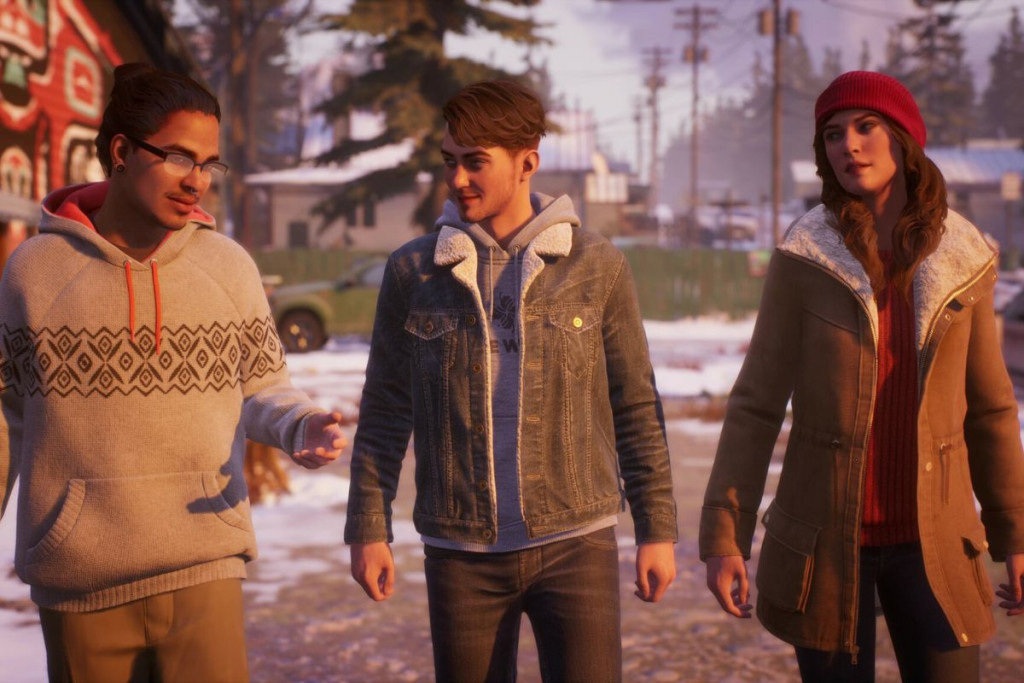
Tell Me Why is a narrative-driven adventure game about twins Tyler and Alyson as they reunite in rural Alaska. The design and character portrayals were fantastic, especially with the approach to mental health and subjective memories. I made sure to include Tell Me Why because it is the first AAA game to have a transgender character which was a great step forward for LGBTQIA+ representation.
I learned the developers worked with organisations such as GLAAD to ensure an accurate portrayal of Tyler. Having a trans man voice Tyler was so great to hear and seeing how NPCs embraced him or felt no difference was amazing. And giving Tyler a possible love interest in Michael was icing on the cake. Tyler is easily accepted in this small-town conservative area and those who don’t quite understand but make an effort.
Night in the Woods
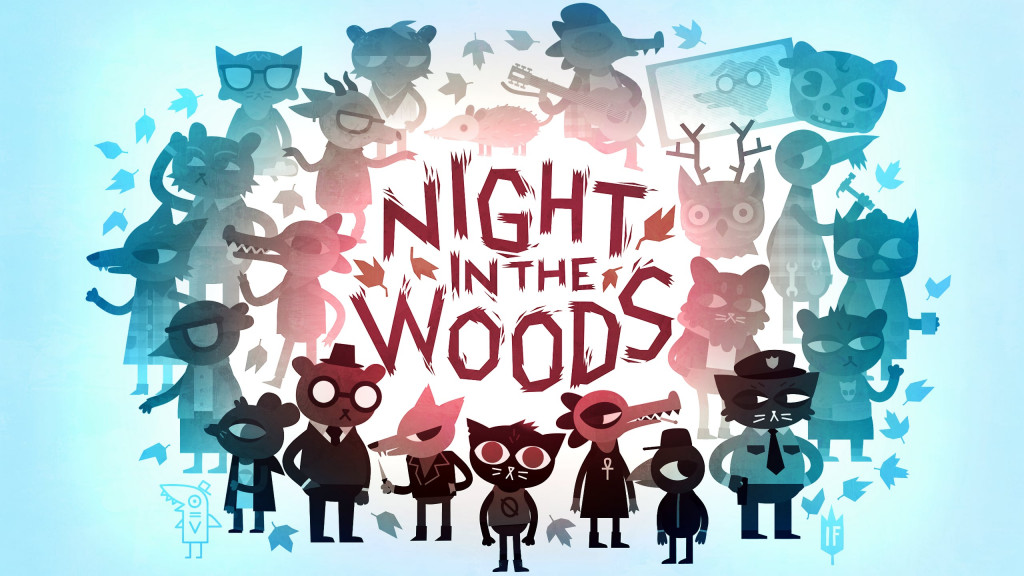
Night in the Woods is a beautifully crafted indie game that explores the complexities of small-town life and the struggles of its diverse cast of characters. At the centre of the narrative is Gregg, a gay fox, and his boyfriend Angus, a bear. Gregg’s character represents the challenges of accepting one’s identity in a conservative community, while Angus embodies the support and understanding crucial for LGBTQIA individuals.
Gregg’s story arc deals with acceptance, self-discovery, and the fear of rejection. Through his interactions and heartfelt conversations with other characters, the game portrays the realities of being part of the LGBTQIA community in an authentic and relatable way. Night in the Woods fosters a sense of empathy and understanding, encouraging players to confront their biases and prejudices.
The Outer Worlds
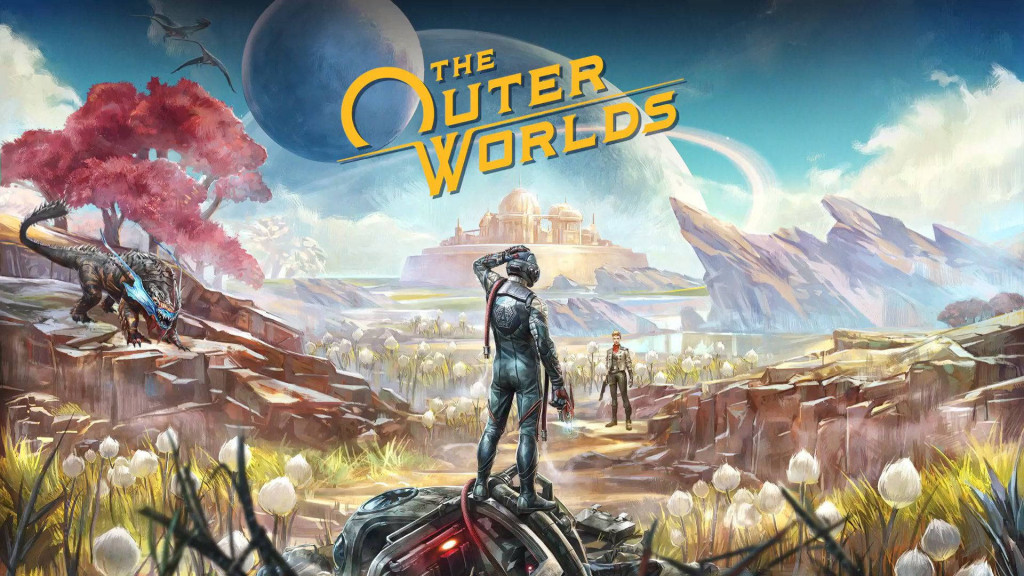
I wanted to include The Outer Worlds because there are queer romance options like many open-world RPGs. It stands out as the first AAA game I’ve seen with a character on the asexual and aromantic spectrum. Parvati is one of the first NPC companions you meet and through the story and dialogue, we learn she is aro ace. I feel that asexual and aromantic representation is rare but becoming more recognised. Thanks to voice actor Ashly Burch and narrative designer Kate Dollarhyde, Parvati is very likeable and popular amongst the game’s fans. I hope this is the start of seeing more characters on the aro ace spectrum.
Boyfriend Dungeon
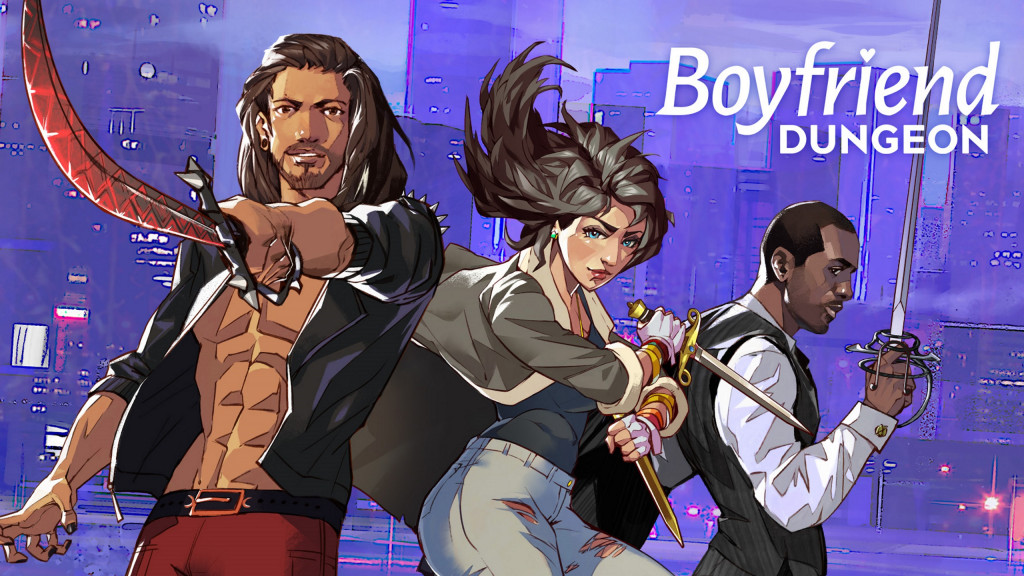
Boyfriend Dungeon is an exciting and inclusive dating simulation game that allows players to delve into the world of dungeon crawling and romantic relationships. One of the aspects that makes this game stand out is its well-rounded representation of LGBTQIA+ characters. By showcasing diverse and relatable characters, Boyfriend Dungeon offers a safe and inclusive space for players of all identities.
Among the characters that are particularly good representatives of LGBTQIA+ people is Valeria, a confident and charming woman who is also a great fighter with her whip. Valeria represents the bisexual community, as she is open to dating men and women. They eloquently challenge stereotypes associated with bisexuality by proving that it doesn’t mean indecisiveness or promiscuity but rather a genuine affection for people regardless of gender.
Another character, Isaac, is a non-binary person who uses they/them pronouns. Isaac’s character not only promotes acceptance and understanding of non-binary people but also highlights the importance of gender inclusivity in dating games. Their inclusion allows non-binary players to feel seen and represented in a world that often overlooks their experiences.
Dream Daddy: A Dad Dating Simulator
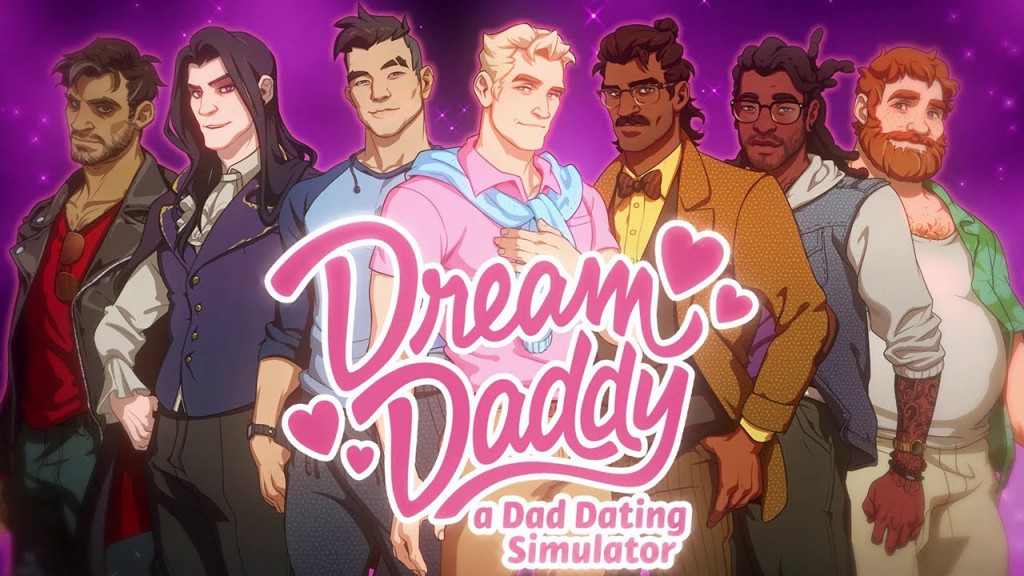
Dream Daddy is a visual novel video game which takes a lighter approach to LGBTQIA+ representation. The game is based around being a dad to a teenage daughter and all the tropes and dad jokes you can imagine. As the title suggests, much of the game is flirting and forming relationships with the various colourful and tongue-in-cheek NPC dads. I felt Dream Daddy was an important game to include because it depicts queer characters who are middle-aged thereabouts and already come to terms with their orientation. Also because the character creation options allow for numerous body types and to be a trans man.
Gone Home
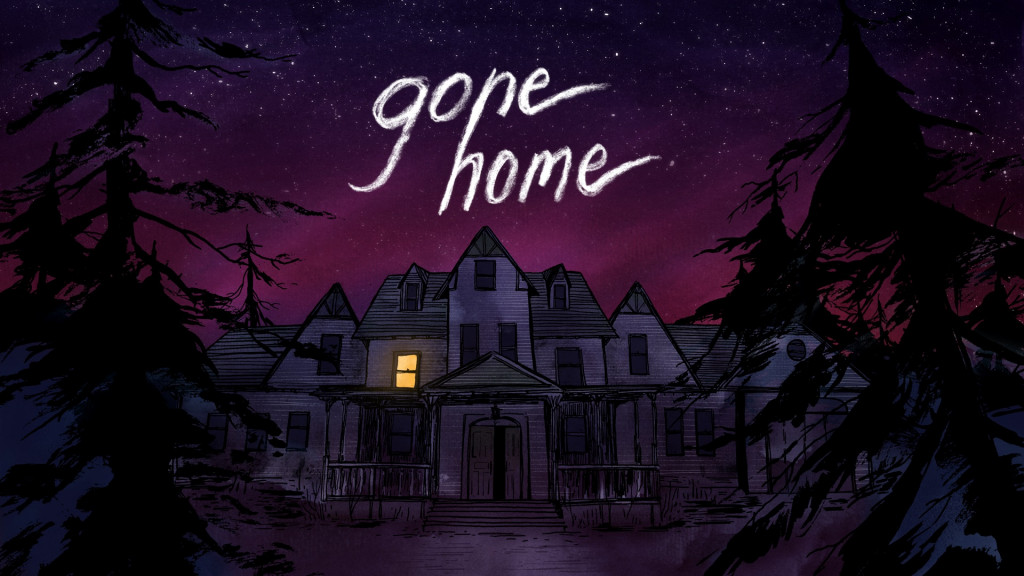
Gone Home is a walking sim narrative game telling the story of the Greenbriar family in 1995 Oregon. Through Katie’s eyes, we learn how Sam and Lonnie fell in love and how Sam’s parents were in denial of their lesbian relationship. Uncovering Sam and Lonnie’s relationship piece by piece was so engaging that I couldn’t wait to find out more and the happy ending I picture for them. Being set in 1995 USA, story elements such as Lonnie going to a military academy is just as socially relevant today for the LGBTQIA+ community. The setting and details feel very intentional and no doubt resonate with people with similar experiences. That and the beautiful story made Gone Home a shoo-in for this article.
Super Lesbian Animal RPG
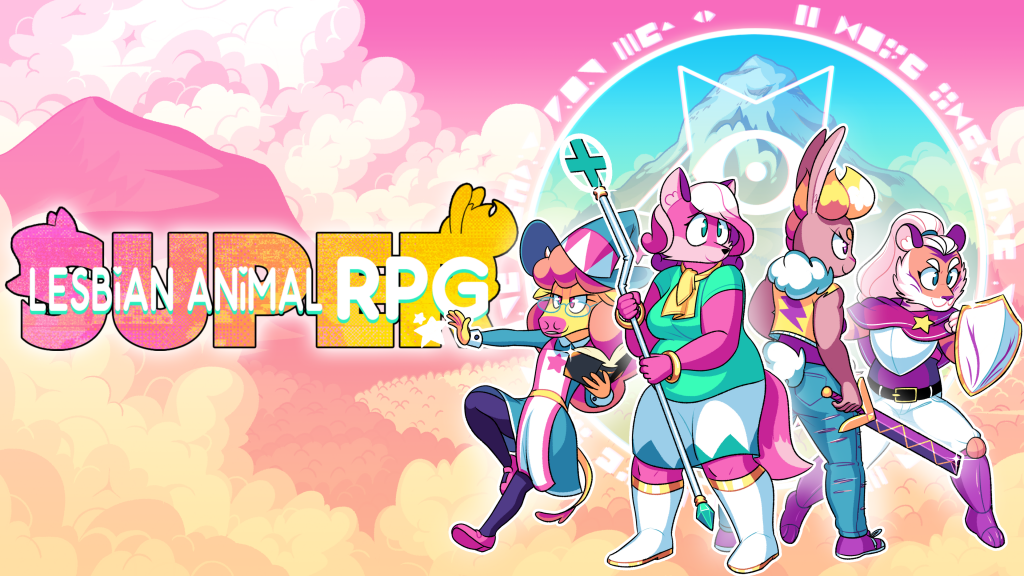
When I did research for this article the title alone of Super Lesbian Animal RPG (SLARPG) made it a contender. I looked into the game itself and found the name says it all really in this adorable RPG. In classic RPG fashion, the adventuring party sets out to defeat a big bad and save their home. Among the 4 heroines representing classic fantasy RPG classes are girlfriends Melody and Alison. The party includes trans, bi and lesbian characters who deal with real-world struggles including transphobia and anxiety. I feel representing these queer identities and the mental health struggles that sadly accompany them. With a title as on the nose as this, it feels like representation going in the right direction.
Watch Dogs 2
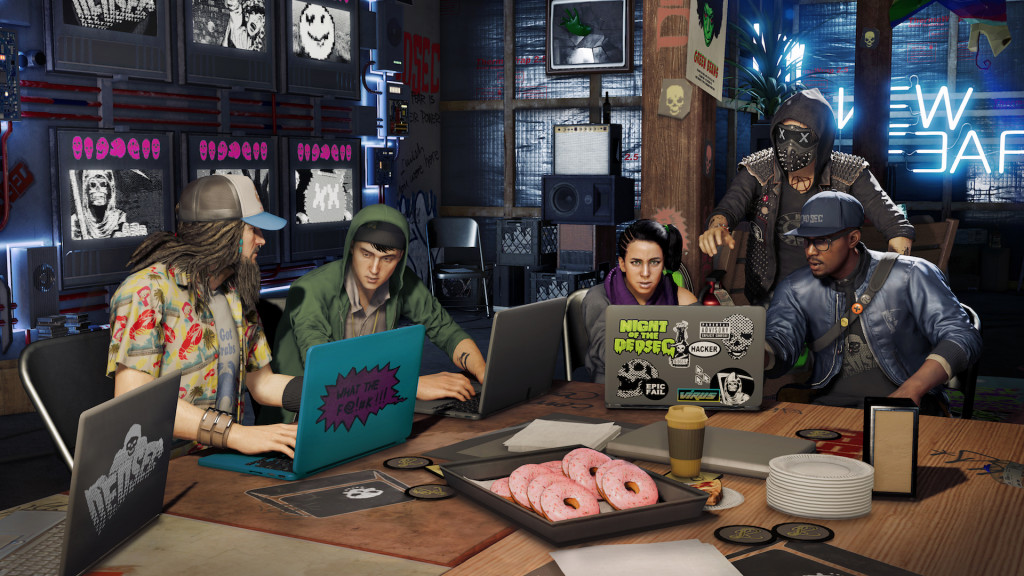
Watch Dogs 2 is a game that embraces diversity, including LGBTQIA characters like Wrench, who is bisexual and an incredible Trans Councilwoman who has had to face having her gender reassignment posted all over social media. The game showcases the intersectionality of identity, highlighting the importance of representation for marginalised communities. Challenges players to question their biases and preconceived notions. The game normalises queer identities and promotes understanding, fostering empathy for the experiences faced by LGBTQIA individuals. Watch Dogs 2 reminds us that representation matters, and that the gaming industry can be a platform for social change.
Bugsnax
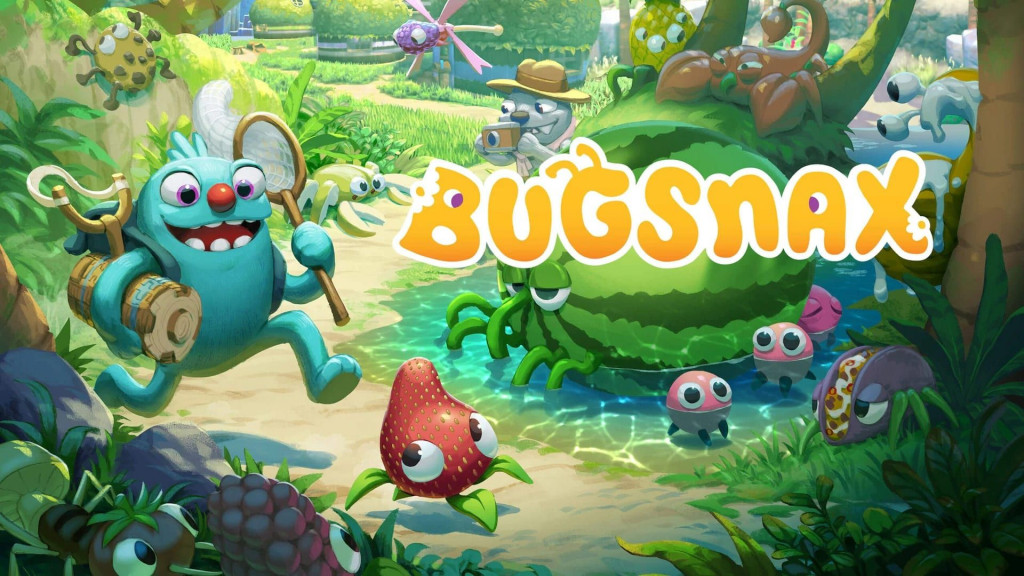
I wanted to include Bugsnax as it is a child-friendly game with several LGBTQIA+ characters. While I haven’t played the game personally, the furry muppet-like Grumpuses are adorable and there is an amazing love-is-love mentality. Among the queer relationships are Lizbert and Eggabell, lovers separated by the mysterious goings-on of the game. As well as Snopry and Chandlo who have been dating for years. Floofty who is non-binary is another great example of representation for all age groups. I hope this is the beginning of queer being represented more in kid-friendly video games.
Monster Prom
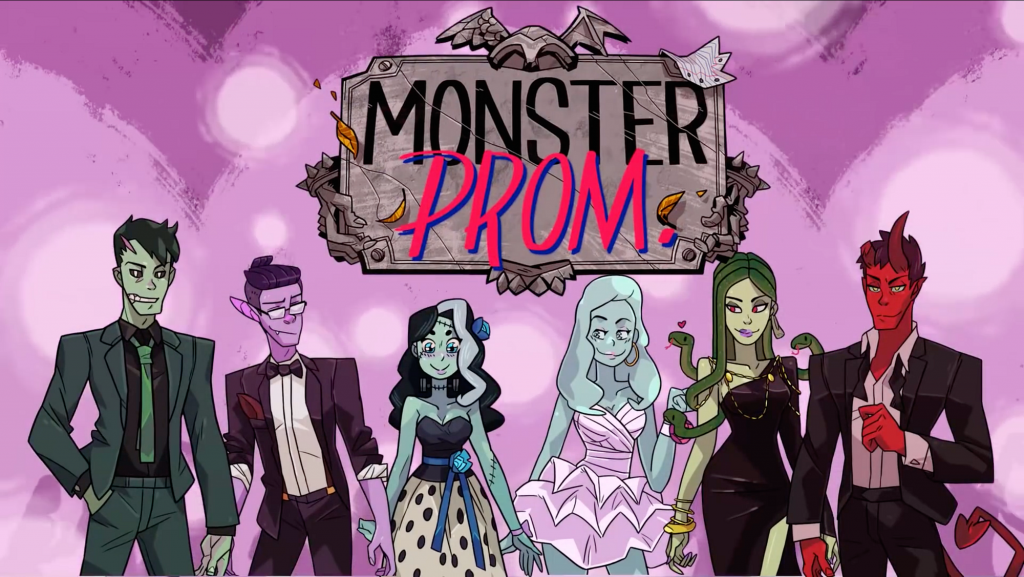
Monster Prom, a multiplayer dating sim, has gained recognition for celebrating diversity and inclusivity. The game features a vibrant cast of characters, several of whom represent the LGBTQIA+ community positively and authentically. Characters like Damien LaVey, Liam de Lioncourt, and Polly Geist allow players to explore LGBTQIA+ relationships and identities.
Damien, a demon, is openly bisexual and challenges traditional stereotypes with his rebellious and mischievous personality. Liam, a vampire, is an elegant and cultured character who identifies as pansexual. Polly, a ghost, is a bisexual party animal who embraces her sexuality and encourages others to do the same.
These characters in Monster Prom provide players with relatable and diverse representations of LGBTQIA+ individuals. The game’s light-hearted and humorous approach to dating allows LGBTQIA+ relationships to be portrayed as normal and valid, fostering understanding and acceptance within the gaming community. Monster Prom serves as a reminder that love and attraction come in many forms and that everyone deserves to find happiness and companionship, regardless of their sexual orientation or gender identity.
Hades
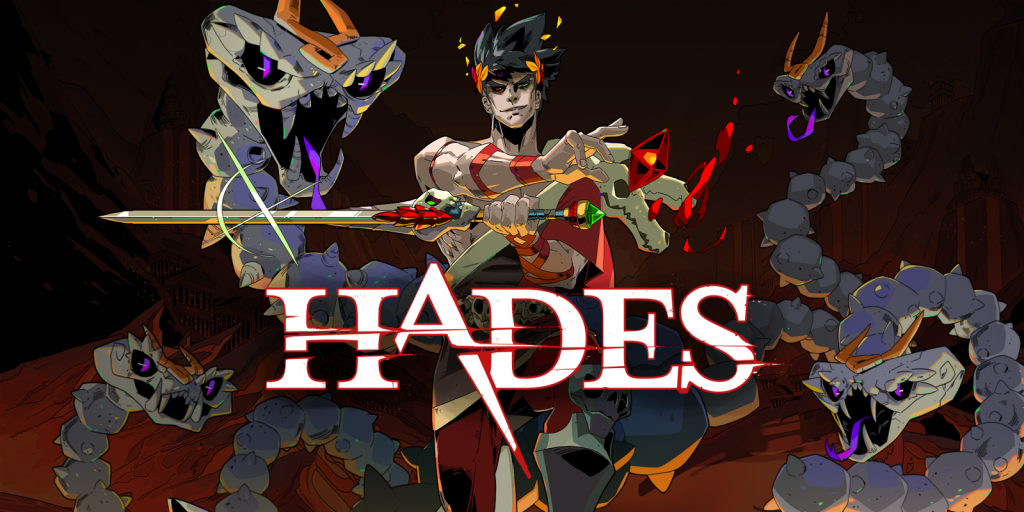
Hades is a fantasy rogue-like video game where protagonist Zagreus fights his way to escape the underworld to the surface. The title refers to the underworld and Zagreus’ father as the latter throws various obstacles in the way. There are several examples of queer representation starting with Zagreus himself who is either bisexual or pansexual. We learn this from dialogue across the many escape runs made.
I respected the portrayal of queer characters being the norm with no cliche or stereotypes, which Tyler also pointed out. The attitudes match the liberal mood with romance we may expect from ancient Greece. Major NPCs like Megara express feelings for both Zagreus and Dusa, a female Gorgon. Based heavily on Greek mythology, Zagreus meets various classic characters during his quest. Among them are former lovers Achilles and Patroclus sadly separated in the underworld. Chaos is non-binary which makes sense as a more elemental being but a nice way to expand representation.
Dragon Age
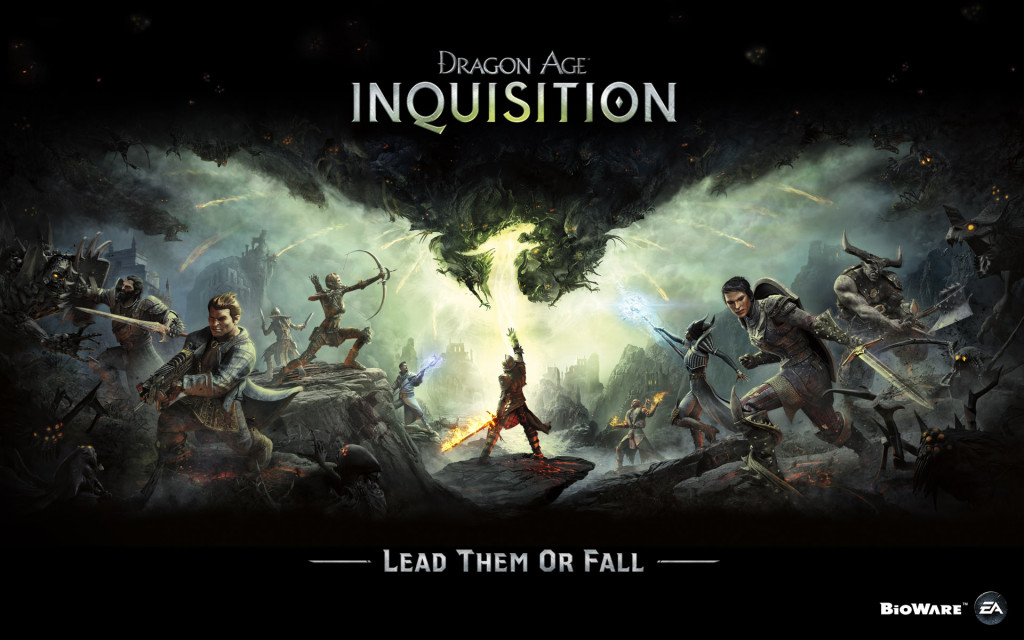
The Dragon Age series, also developed by BioWare, has consistently included LGBTQIA characters, making it a trailblazer in video game representation. Characters like Krem and Dorian from Dragon Age Inquisition have become icons for LGBTQIA gamers as they navigate the complexities of their identities within a rich fantasy world.
Krem, a transgender man, faces the challenges of self-discovery and acceptance in a medieval setting. His story arc is handled with sensitivity and respect, allowing players to understand the struggles faced by transgender individuals. Dorian, a gay mage, confronts his family’s expectations and cultural norms. By exploring these characters’ narratives, Dragon Age creates a space where LGBTQIA experiences are normalised, fostering inclusivity and empowering players to embrace their identities.
Overwatch 2, Apex Legends, Valorant and League of Legends
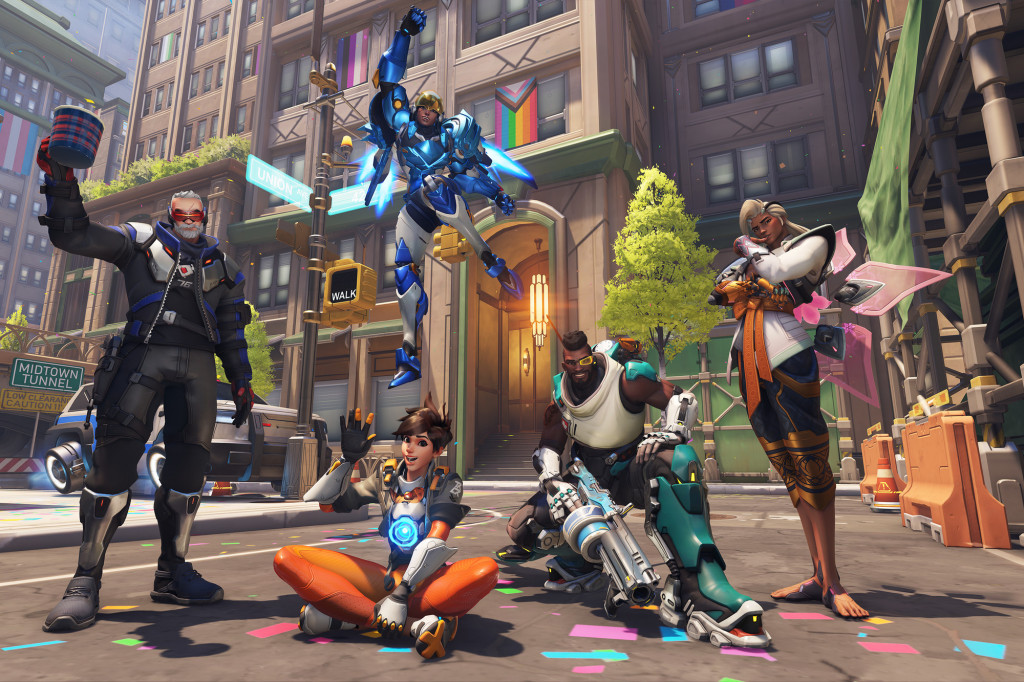
I’ve included Overwatch 2, Apex, Valorant and League of Legends as a trio given their similarities as less overtly character-focused but their popularity means significant representation. Each game has multiple queer characters and so only naming a few here. In Overwatch 2 there is Soldier 76 who is gay and Tracer who is a lesbian, the former standing out as the game lore reveals he kept this secret to keep the image of the American ideal.
Apex Legends includes Bloodhound who is non-binary, now in a relationship with fellow legend Fuse who is pansexual. Valorant includes Raze and Killjoy who are a canon lesbian couple. League of Legends has many queer characters and among them is Vi who was confirmed as a lesbian in Arcane. Neeko is also a lesbian and is genderfluid. As well as Twisted Fate and Graves, are pansexual and gay respectively and are canonically in a relationship.
These characters represent the LGBTQIA+ community across the board either from release or being confirmed in past Pride months. All four have multiple queer characters which is noteworthy and we’ve seen their franchises expand even into other media e.g. Arcane. I include them here because of their large audience across multiple age groups. And seeing LGBTQIA+ representation is fantastic and hopefully inspiring for future generations.
Special Mentions
It wasn’t easy narrowing down LGBTQIA+ characters in gaming history but Tyler and I are happy with the list. However, of the numerous other examples, there are some I would like to acknowledge. Birdo from the Mario franchise is known to be a man who thinks of herself as a woman, supported by past manuals and game texts. Sadly Nintendo has swept Birdo’s history under the rug and made some questionable decisions. However, for many, Birdo is regarded as the first transgender video game character.
Luckily we have moved on somewhat to characters such as Madeline the protagonist of Celeste and a trans woman. Somewhat similarly, Issac from The Binding of Issac: Rebirth was confirmed genderfluid by the game’s creator. We see through loading screens as Issac wears a dress or wig and all playable characters, including the female and non-binary ones are variations of Issac.
I would be remiss to not mention more of Bioware more and go to the beginning with KotOR and Juhani. Juhani is especially noteworthy for being Bioware’s first gay character and the first LGBTQIA+ character in Star Wars media. She is still popular today and lauded as representing the queer community well. Unfortunately, Juhani being a lesbian became non-canon but her appearance in KotOR helped pave the way for later games.
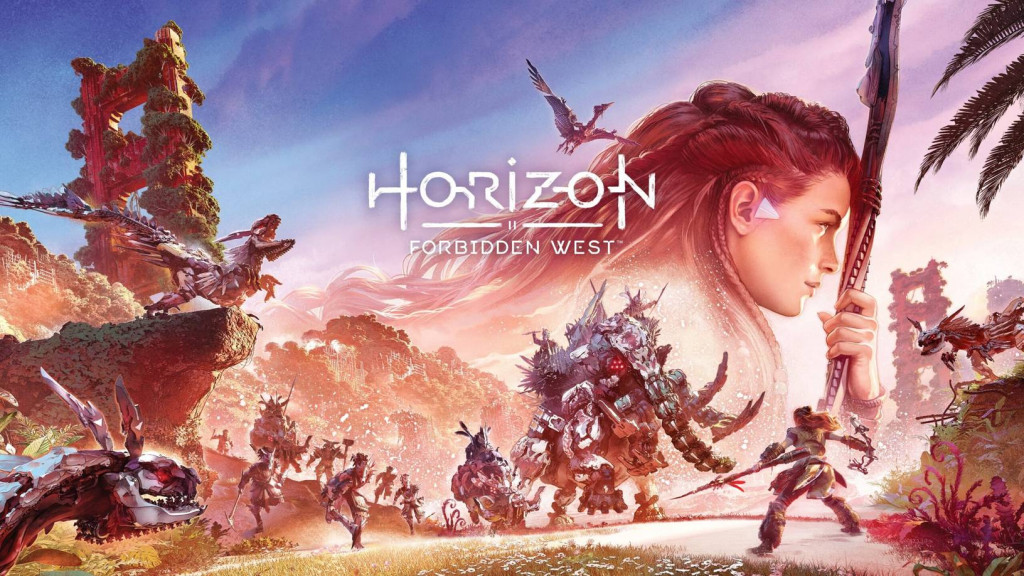
Speaking of later games, Horizon Forbidden West’s* Buring Shores DLC revealed that Aloy is canonically queer. Aloy forming a potentially romantic relationship with Seyka was a pleasant surprise. Maybe in hindsight being voiced by Ashly Burch was a hint as in this article alone she has voiced 3 characters, Chloe from Life is Strange and Parvati from The Outer Worlds being the others.
It was an absolute pleasure to write this alongside Tyler, gaining another perspective on LGBTQIA+ representation in video games. We really hope you enjoyed reading this and you can read more of my work such as my Tears of the Kingdom review and Tyler’s Pikmin 1&2 review.
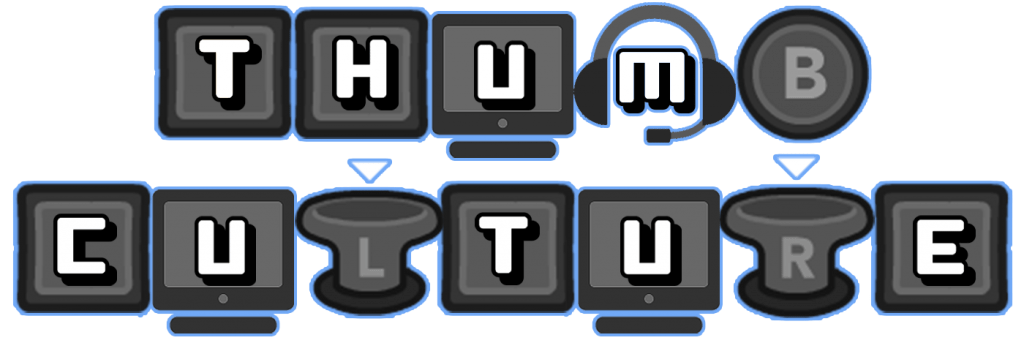
YouTube | Facebook | Twitter | Instagram | Discord | Podcast
